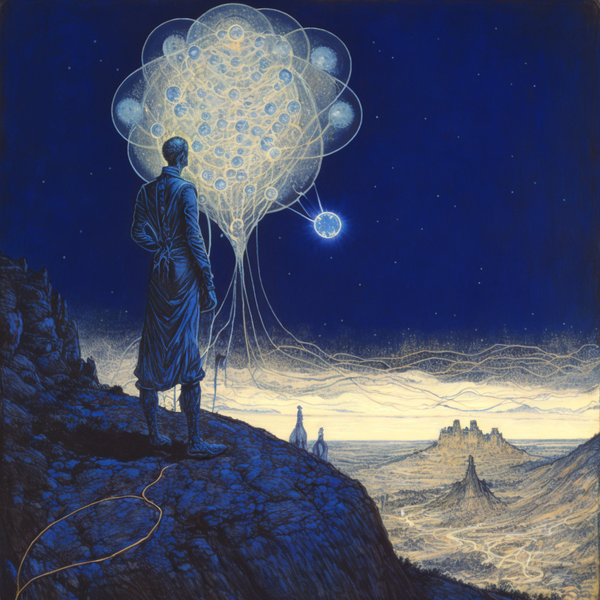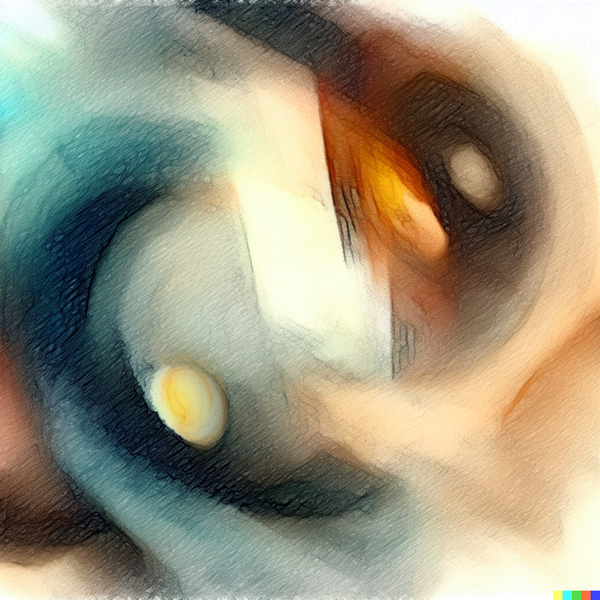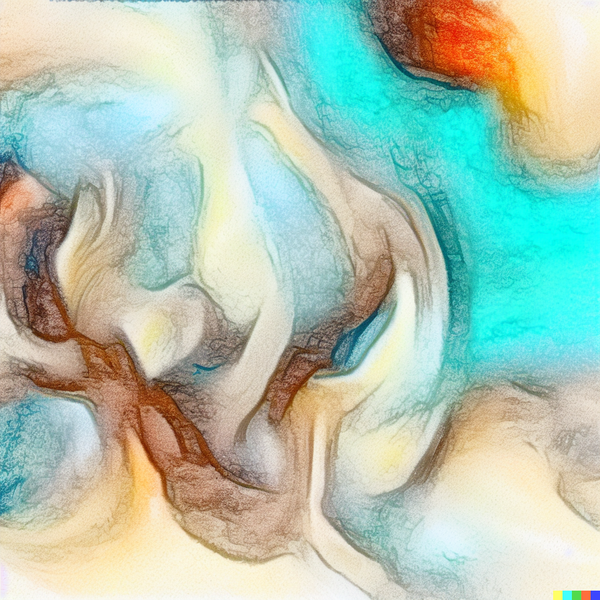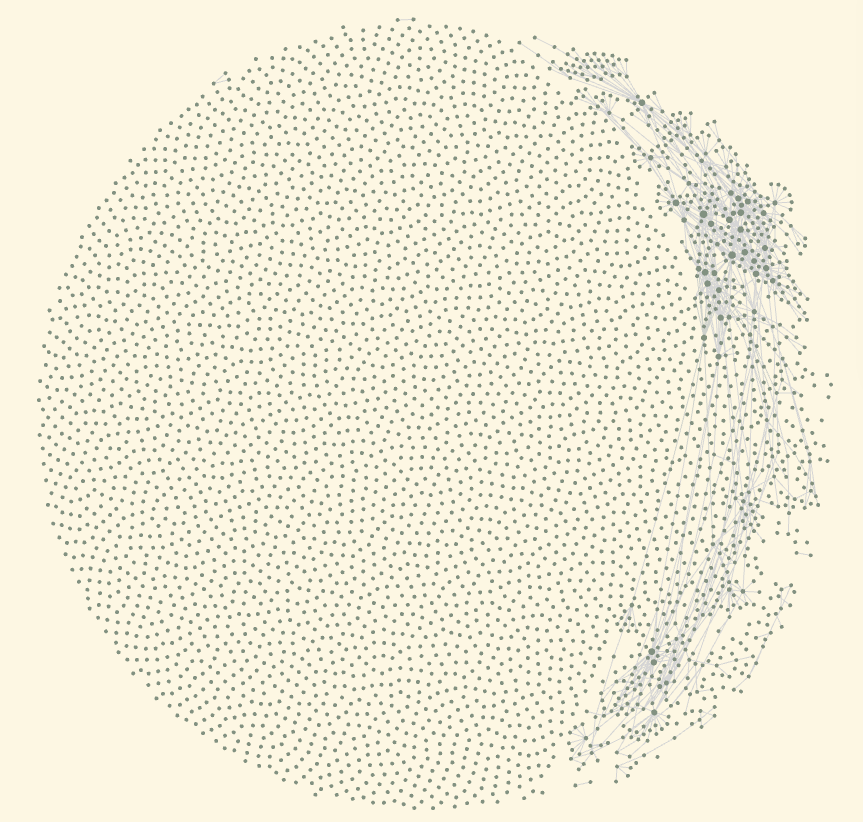
zettelkasten
The Process of Making a Quality Zettel
A quality Zettel is made by capturing the core idea, expanding one layer deep into the idea with text, video, audio, adding external Zettelkasten system links, and adding a summary/excerpt to distill the idea.




